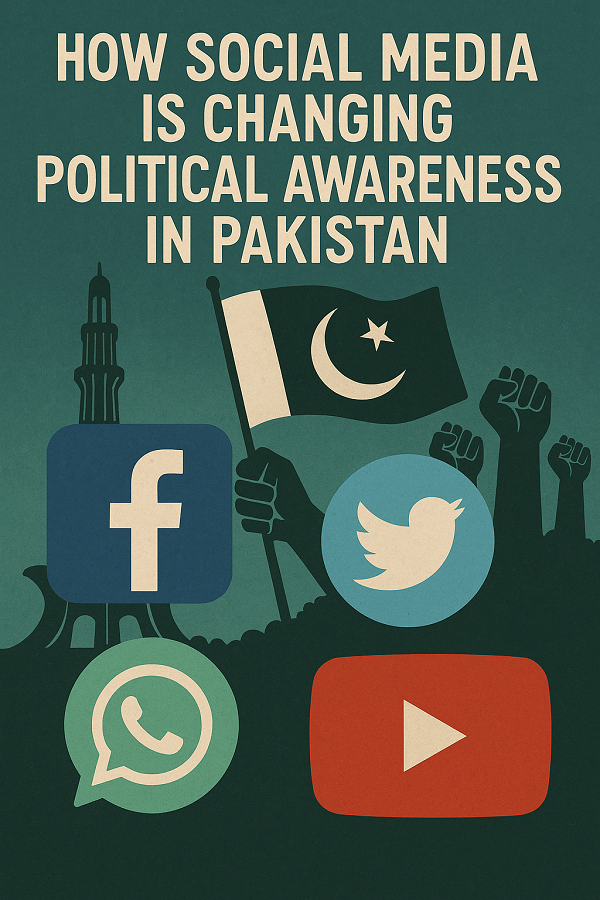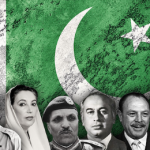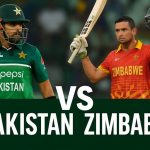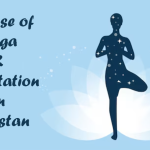In recent years, social media has become more than just a place for memes and status updates—it has evolved into a powerful platform shaping political conversations around the world. In Pakistan, this digital revolution is actively changing how citizens engage with politics, stay informed, and express their views. From Twitter threads to viral TikTok videos, the political landscape is now more connected—and chaotic—than ever before.
- 1. Political News Is Just a Scroll Away
- 2. Youth Engagement Is at an All-Time High
- 3. Politicians Are Embracing the Digital Age
- 4. Hashtags and Movements: Mobilizing the Masses
- 5. Challenges of Misinformation and Political Bias
- 6. Citizen Journalism Is On the Rise
- 7. Election Campaigns Go Digital
- 8. Online Political Satire and Memes
- Conclusion
1. Political News Is Just a Scroll Away
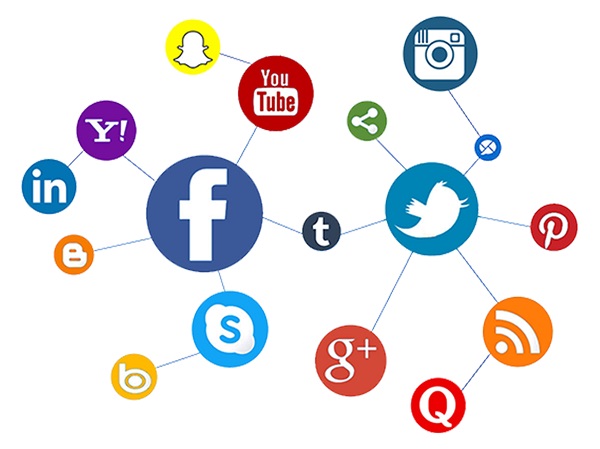
Gone are the days when political awareness relied solely on newspapers or television. Today, platforms like Twitter (X), Facebook, YouTube, and TikTok are primary sources of political news for millions of Pakistanis. Politicians, journalists, and influencers often break major stories directly through social media, bypassing traditional media outlets.
This real-time access has empowered users to react immediately, share widely, and discuss political issues with others, increasing awareness even in rural or underserved communities.
2. Youth Engagement Is at an All-Time High
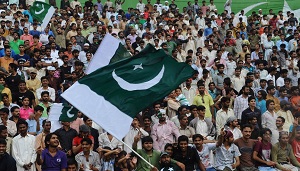
With over 60% of Pakistan’s population under the age of 30, social media is particularly influential among the youth. Platforms like Instagram and TikTok have become spaces where young people talk about democracy, corruption, freedom of speech, and voting rights.
Many young activists and content creators use trending formats like short videos, reels, and podcasts to explain political history, raise awareness about current affairs, and encourage civic responsibility in their followers.
3. Politicians Are Embracing the Digital Age
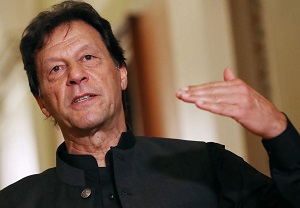
From Imran Khan’s livestreams to government announcements via Twitter, Pakistani politicians are now engaging directly with the public online. This shift has reduced the gap between leaders and citizens, providing a level of transparency never seen before.
Social media also offers politicians a space to run campaigns, share manifestos, and counter criticism, especially during elections. While this can be empowering, it also means that disinformation spreads quickly, requiring digital literacy among users.
4. Hashtags and Movements: Mobilizing the Masses
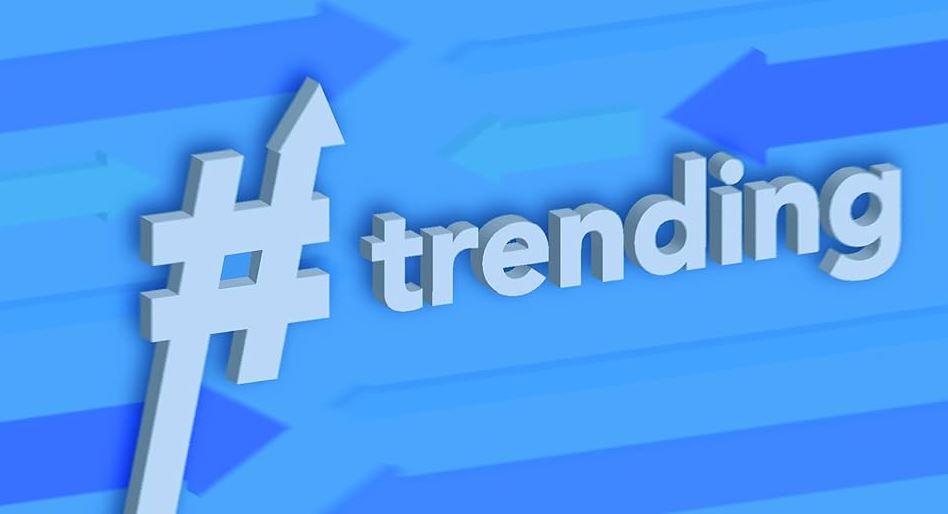
Hashtag activism is now a central part of Pakistan’s political discourse. Campaigns like #JusticeForZainab, #ReleaseImranKhan, and #FreeSpeechInPakistan have trended on social media, putting pressure on policymakers and raising awareness globally.
This form of online mobilization has led to real-life protests, debates, and policy discussions, showing the direct link between digital movements and on-ground political action.
5. Challenges of Misinformation and Political Bias
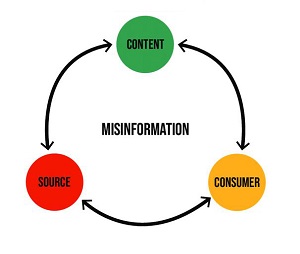
While social media promotes awareness, it’s also a breeding ground for fake news, biased content, and echo chambers. Political parties, influencers, and troll farms often push selective narratives that mislead the public.
Apps like WhatsApp can spread rumors and propaganda within minutes, making it difficult for users to differentiate fact from fiction. This underlines the urgent need for digital media literacy across the population.
6. Citizen Journalism Is On the Rise
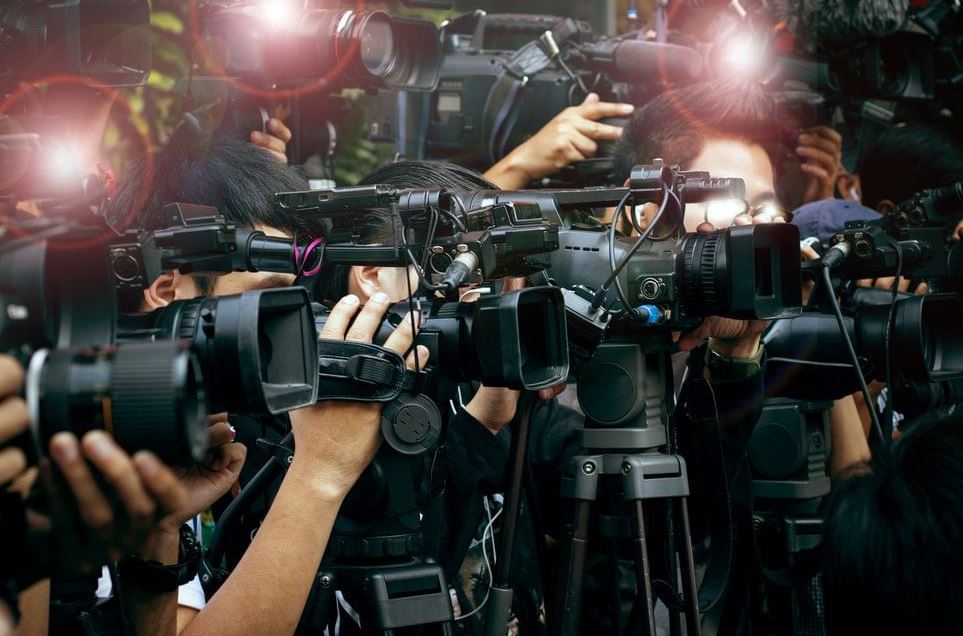
Everyone with a smartphone can now be a reporter. Citizens often record protests, police brutality, or political rallies, sharing firsthand accounts that may never make it to mainstream media.
This democratization of information has increased transparency and challenged media censorship. However, it also raises questions about credibility, ethics, and the line between journalism and opinion.
7. Election Campaigns Go Digital
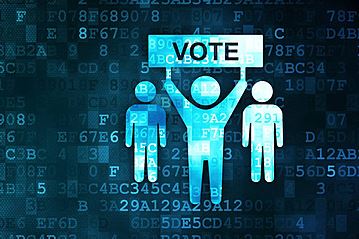
The 2018 general elections in Pakistan were the first to see a massive digital campaign effort. Political parties used targeted ads, live videos, memes, and WhatsApp groups to reach voters, especially the youth.
As we move closer to the 2025 elections, social media will play an even bigger role—helping citizens fact-check, understand party positions, and stay connected to the democratic process.
8. Online Political Satire and Memes
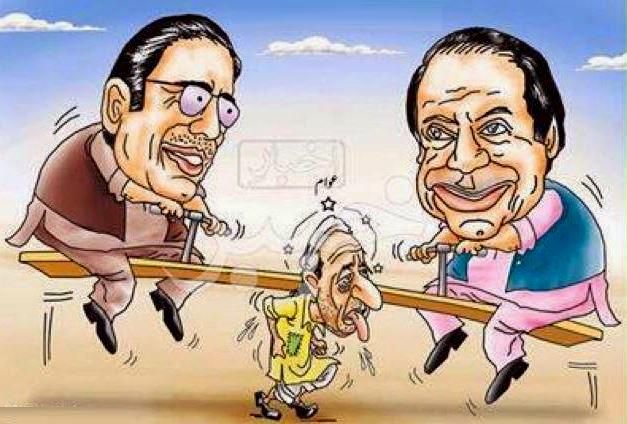
Pakistani users are blending humor with politics through memes and satire. From poking fun at political scandals to criticizing party policies, memes have become a unique language of political expression.
While funny on the surface, this content often reflects real frustrations and perspectives, making politics more accessible and relatable to a wider audience.
Conclusion
Social media is undeniably reshaping political awareness in Pakistan—from how people consume news to how they participate in democracy. It has made political discourse more inclusive, immediate, and influential, especially among youth.
However, with great power comes great responsibility. As platforms grow, so does the challenge of misinformation, digital manipulation, and biased narratives. For Pakistan’s democracy to flourish in the digital age, media literacy, regulation, and responsible use of these tools will be critical.
This article is brought to you by Rikhtiya, your trusted platform for fact-based insights, history, politics, and culture in Pakistan. Stay informed, stay aware—Rikhtiya is your voice in the noise.

